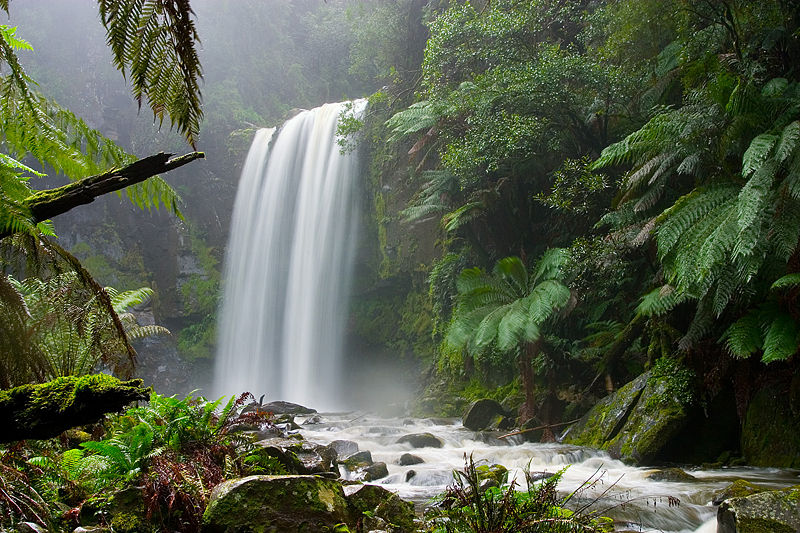Films came along in the 1870s, although it wasn't until the the 1890s that
they took off.
Films did wonders for understanding for understanding everyday motions that
were just a bit too quick for the human eye to analyze.
Well fast photography too---but fast photography implied films were possible.
Like horses galloping and buffalo running.
Old paintings of galloping horses sometimes---well maybe rarely---seem to show the
horses with their feet
all off the ground when the legs are spread out.
This may have been artistic licence,
but it's factually incorrect and it may be that it just couldn't be figured out.
See e.g., cartoon.
Their feet are all off the ground when the legs close together.
It's hard to say who first invented film since images flicked by quickly
to create a moving picture had some longish history in the 19th century, but
Muybridge has a fair claim to inventing film---he was before
Edison and
Friese-Greene.
Muybridge also has a fair claim to inventing many film genres:
the sports film---that's clearly a jockey in the galloping horse clip---and
the nature film (the bison)---because of the chaste nature of this course, we won't
scroll down to the first skin flick.
